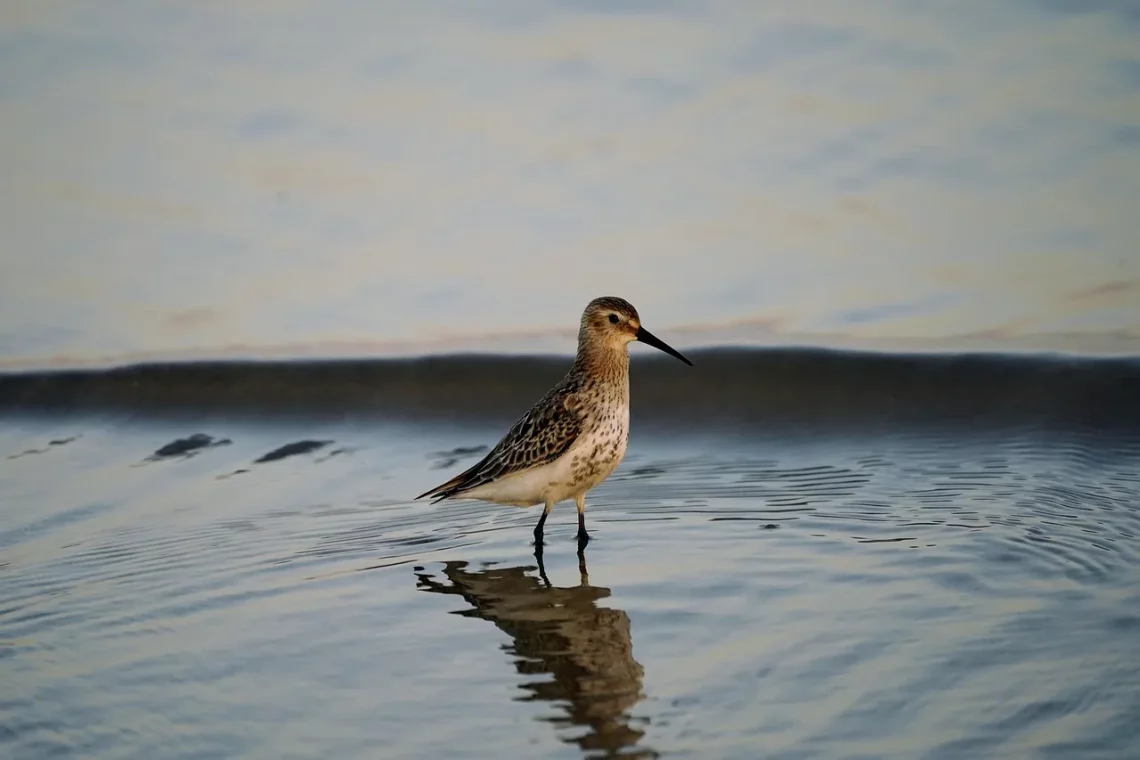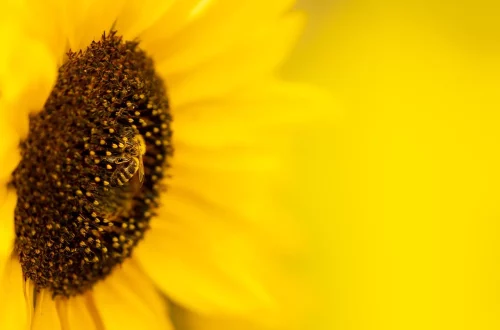
The Controversial Phenomenon of Women and Donkey Encounters
The relationship between humans and animals has always been a subject of fascination. Throughout history, various species have played integral roles in our lives, from companions to workers. Among these animals, donkeys have a particularly unique place, often symbolizing hard work and resilience. However, in recent years, stories and reports have emerged that delve into the more complex and sometimes controversial interactions between women and donkeys.
These encounters have sparked discussions that traverse cultural, ethical, and social boundaries. In some cultures, donkeys are viewed as mere livestock, while in others, they hold a more significant status. The narratives surrounding these interactions can provoke strong opinions, challenging our understanding of ethics and animal rights. Furthermore, the portrayal of these encounters in media can often sensationalize or misrepresent the reality, leading to public outcry or support.
As we navigate this multifaceted topic, it’s essential to consider the broader implications of these relationships, recognizing that they reflect not only personal experiences but also societal attitudes towards animals. The exploration of this phenomenon invites us to question our values and the ethics of human-animal interactions, particularly as they pertain to gender dynamics and cultural perceptions.
Cultural Perspectives on Donkeys
The cultural significance of donkeys varies widely across different societies. In some regions, donkeys are revered for their strength and utility, playing a crucial role in agriculture and transportation. These animals are often depicted in folklore and art, symbolizing endurance and perseverance. In many rural communities, donkeys are considered valuable assets, often integral to daily life.
However, the perception of donkeys can take a darker turn in various cultures. In some narratives, they are associated with stubbornness or foolishness, leading to negative stereotypes. This dichotomy in cultural attitudes can influence how women interact with donkeys, particularly in agricultural societies where women may take on roles that involve caring for these animals.
In some cultures, women are the primary caretakers of donkeys, responsible for their feeding, grooming, and overall well-being. This relationship can foster a deep bond between the caretaker and the animal, rooted in mutual dependence. Women often rely on donkeys for transportation of goods, making their relationship both practical and emotional.
Conversely, in certain contexts, these interactions can be viewed through a lens of exploitation, raising questions about the ethical treatment of animals. Stories of abuse or neglect can emerge, leading to outcry and demands for better standards of animal welfare. The complex interplay between cultural values and the treatment of donkeys reveals much about societal attitudes towards gender and the ethical considerations of animal husbandry.
The Ethics of Human-Animal Interaction
The ethical implications of human-animal interactions are vast and complex. As society evolves, so do our understandings of animal rights and welfare. The relationships between women and donkeys often highlight these ethical debates, bringing to light issues of consent, agency, and the moral responsibilities humans have towards animals.
In many cases, the treatment of donkeys can reflect broader societal values. For instance, in cultures where animals are viewed primarily as commodities, the ethical considerations surrounding their treatment may be minimal. This can lead to practices that are harmful to the animals, raising questions about the moral obligations of individuals towards their care.
Conversely, there is a growing movement advocating for animal rights, emphasizing the need for humane treatment and respect for all living beings. This perspective often challenges traditional views on animal husbandry, urging a reevaluation of practices that may be considered exploitative. In this context, the relationship between women and donkeys can serve as a microcosm for larger discussions about ethics and responsibility in human-animal interactions.
Furthermore, the narratives surrounding these encounters can influence public perception and policy. As stories of mistreatment surface, they can galvanize activism and lead to changes in legislation aimed at protecting animals. This intersection of ethics, culture, and activism plays a crucial role in shaping our understanding of the human-animal bond, particularly in the context of gender dynamics.
Media Representation and Public Perception
Media representation plays a significant role in shaping public perception of the interactions between women and donkeys. Stories that emerge in news outlets or social media can greatly influence how these encounters are viewed by society. The portrayal of these relationships can range from sympathetic and respectful to sensationalized and exploitative, often reflecting broader societal attitudes towards both women and animals.
In some cases, media narratives may highlight positive interactions, showcasing the invaluable roles that donkeys play in women’s lives, particularly in rural settings. These stories can foster appreciation for the deep bonds that can form between humans and animals, emphasizing the importance of compassion and mutual respect.
However, sensationalized accounts of abuse or neglect can lead to public outrage and calls for action. While raising awareness about mistreatment is essential, it is equally important to approach these stories with nuance, recognizing the complexity of human-animal relationships. Overly simplistic narratives can perpetuate stereotypes and misunderstandings, ultimately hindering efforts to promote better treatment and understanding of these animals.
The media’s framing of these encounters can also intersect with gender dynamics, where the portrayal of women in relation to donkeys may reflect societal biases. For instance, women may be depicted as either caretakers or victims, shaping the public’s understanding of their roles and experiences within these relationships.
In conclusion, the representation of women and donkeys in the media is not only about the animals themselves but also about the larger societal narratives that inform our understanding of gender, ethics, and animal welfare. By critically examining these portrayals, we can gain deeper insights into the intricacies of human-animal relationships and the cultural factors that influence them.
Personal Narratives and Experiences
Personal stories and experiences can provide invaluable insights into the complex interactions between women and donkeys. These narratives often highlight the emotional and practical dimensions of these relationships, illustrating how they can impact individuals’ lives in profound ways.
For many women, donkeys represent companionship, support, and resilience. In rural communities, where resources may be limited, donkeys often become trusted partners in daily tasks. Women frequently share stories of how their donkeys have assisted them in transporting goods, caring for children, or even providing emotional support during difficult times. These bonds can be incredibly strong, characterized by mutual dependency and understanding.
However, personal narratives can also reveal the challenges and hardships that some women face in their relationships with donkeys. Instances of mistreatment or neglect can surface, prompting discussions about the ethical implications of these interactions. Some women may find themselves torn between cultural expectations and their desire to advocate for better treatment of their animals.
Additionally, these personal stories can serve as a platform for raising awareness about the need for improved standards of animal welfare. By sharing their experiences, women can help to illuminate the complexities of human-animal relationships, encouraging others to reflect on their values and practices regarding animal care.
Ultimately, personal narratives add depth and richness to the discourse surrounding the interactions between women and donkeys. They remind us that behind every story is a unique individual with their own experiences, challenges, and triumphs, shaping our understanding of these complex relationships.
This article is for informational purposes only and should not be considered medical advice. For any health-related concerns, please consult a qualified healthcare professional.




